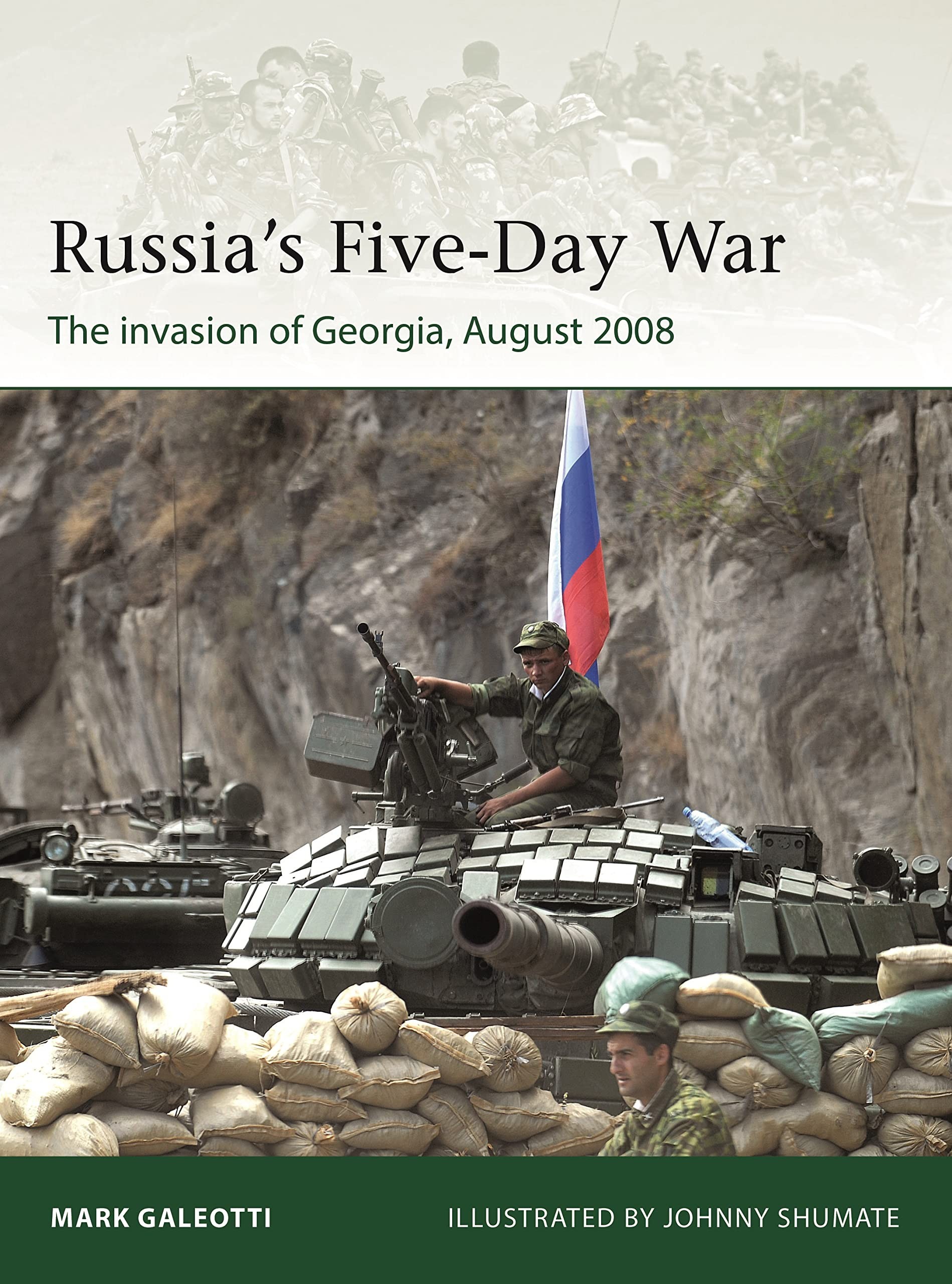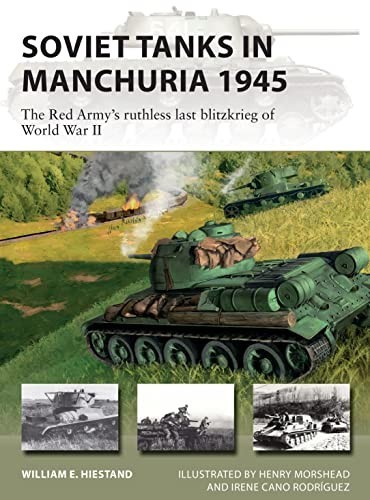
A detailed examination of Operation Olive as US, British, Commonwealth and Allied forces seek to smash through the last German defensive line in Italy.
The Italian theatre of operations post-summer 1944 was often (and incorrectly) surmised at the time as a quiet sector of World War II, populated with troops who were relieved not to find themselves fighting in North-West Europe. Yet the true nature of the hard fighting that took place here was soon revealed when the Allies began their assault on the Axis Gothic Line defences, known as Operation Olive.
In this book, Italian military historian Pier Paolo Battistelli documents the dual Allied offensive spearheaded by American and British units to smash through what was supposed to be the final Axis defensive line in Italy before the Alps. The overall strategic aims of both the Axis and Allied leaders are explored, together with the organization of the forces committed.
The expertly researched maps and 3D diagrams guide the reader through the progress of the phased battles in challenging terrain. Photographs and specially commissioned artworks show the soldiers that fought on both sides, including American, Canadian, Indian, Brazilian, Polish, New Zealander, British, German and Italian troops, as well as the materiel they employed. The result is an essential illustrated guide to a fascinating and complex late-war campaign.

A fascinating account of Russia's Five-Day War against Georgia in 2008, notable for its strategic mistakes which prompted President Putin to undertake major military reforms.
After Georgia's independence from Russia in 1991, President Saakashvili invited NATO advisers to assist in military reforms. Separatist groups in Georgia's border provinces rebelled which led to fighting in South Ossetia during August 2008. The Russian Army invaded Georgia alongside these forces, stripped it of these rebellious provinces, and garrisoned them to maintain a threat over Georgia. But despite the inevitable outcome of this hugely unbalanced conflict, it revealed serious Russian military weaknesses and incompetence, and the NATO-trained and partly Western-equipped Georgian Army put up a much more successful local resistance than Russia had expected. The conflict also demonstrated the first use of Russian cyber-warfare, and its so-called 'hybrid warfare' doctrine.
Author Mark Galeotti is an expert in the field of international relations and a former Foreign Office adviser on Russian security affairs. In this book, he provides a vivid snapshot of the Russian, Georgian, Abkhazian and South Ossetian forces and gives an in-depth analysis of the conflict. Using meticulous color artwork for uniforms, insignia and equipment, rare photographs and detailed 'fact-boxes' for significant units and individuals, this book is a compelling guide to Russia's Five-Day War in Georgia.

A new illustrated study of the devastating, but little-known, Soviet armored blitzkrieg against the Japanese in the last weeks of World War II, and how it influenced Soviet tank doctrine as the Cold War dawned.
Although long overshadowed in the West by the dropping of the atomic bombs on Hiroshima and Nagasaki, the USSR's lightning strike into Manchuria in August 1945 was one of the most successful and unique campaigns of the era. Soviet forces, led by over 5,500 tanks and self-propelled guns, attacked across huge distances and deserts, marshes, and mountains to smash Japan's million-strong Kwantung Army in a matter of days.
Japanese forces were short of training and equipment, but nevertheless fought fiercely, inflicting 32,000 casualties on the Soviets. Red Army operations were characterized by surprise, speed, and deep penetrations by tank-heavy forces born of the brutal lessons they had learned during years fighting the Wehrmacht. Lessons from the campaign directly shaped Soviet Cold War force structure and planning for mechanized operations against the West.
Illustrated with contemporary artwork and rare photos from one of the best collections of Soviet military photos in the West, this fascinating book explains exactly how the last blitzkrieg of World War II was planned, fought, and won, and how it influenced the Red Army's plans for tank warfare against NATO in Europe.




























